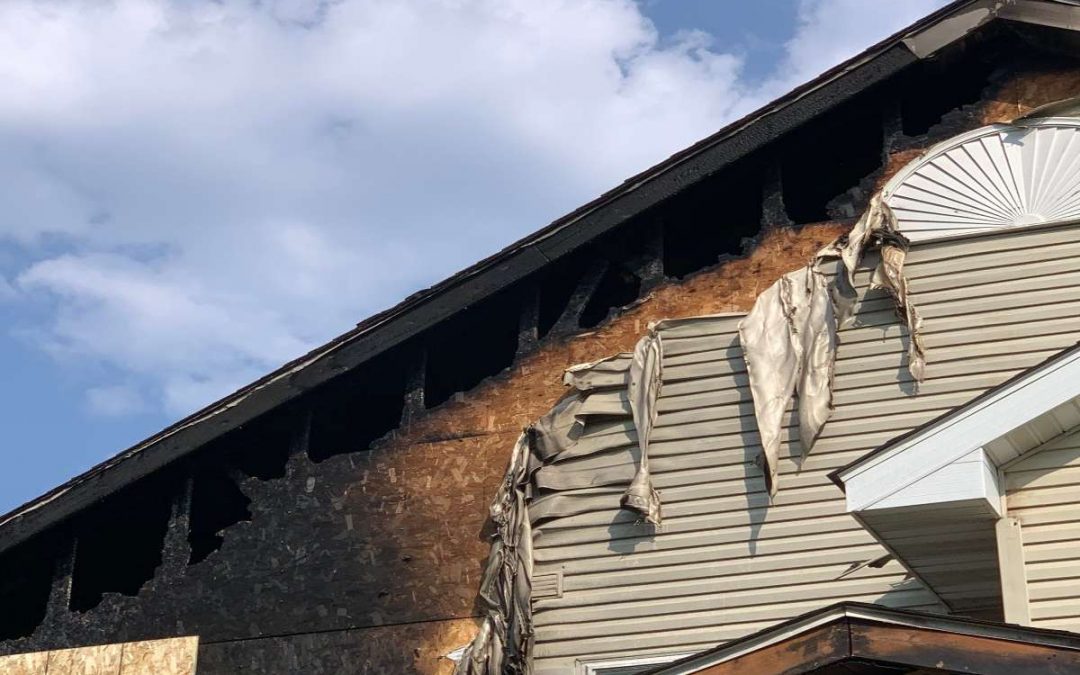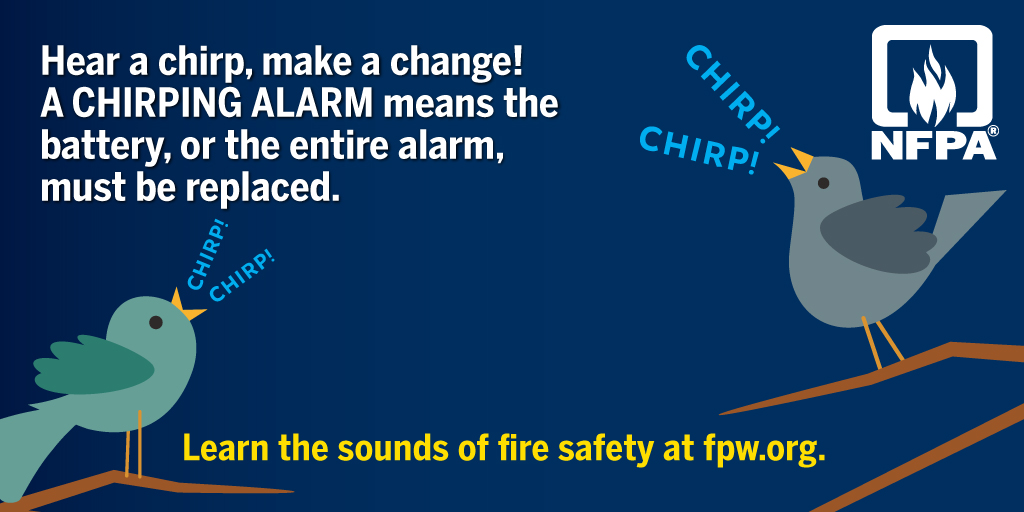October is Fire Prevention Month, and this year’s campaign aims to help us “Learn the Sounds of Fire Safety.” As a fire damage restoration services provider, this is a mission that is near and dear to our hearts. Because we have seen the immense damage and devastation a fire can cause, FloodSERV takes fire prevention seriously. We’ve compiled a few fire safety tips to keep your home and its occupants safe.
The Facts on Fires & Importance of Fire Prevention
In the midst of a fire, a few seconds can be the difference between a bit of property damage and a life-or-death situation. While we often think of fire prevention as being something taught to young kids, it is important for all ages to understand the importance of the sounds of fire safety. Consider these facts from First Alert:
- 3 of every 5 home fire deaths occur in dwellings with no functional smoke alarms. Cooking is the leading cause of home fires.
- Less than 50% of homeowners report having an escape plan.
- Carbon monoxide (CO) is the leading cause of accidental poisoning in the United States, however only 47% of homeowners report having an operational CO alarm.
- 60% of consumers do not regularly test their smoke and CO alarms.
The Difference Between Smoke & CO Alarms
You may be wondering if there is a difference between a smoke alarm and a carbon monoxide alarm, and if you actually need both in your home. Here’s what you should know.
- Smoke alarms detect smoke and alert you of the issue. Depending on the fire, you can have as few as two minutes to safely escape the premises.
- Carbon monoxide detectors on the other hand, detect odorless and colorless CO gas. When exposed to CO, you may fall unconscious before realizing that that you have been poisoned.
The Sounds of Fire Safety
Now that you’re familiar with the differences, let’s explore how these devices keep you safe and what their various sounds indicate. Learning what each sound means can save your life! Be sure to check the instruction manual for brand and model specific instructions.
Beeps
- Smoke Alarms – Continued loud beeps in a set of three – beep, beep, beep – warn of active fire or smoke. If you hear this, evacuate the property and call 911. Do not reenter!
- CO Alarms – Continued loud beeps in a set of four – beep, beep, beep, beep – warn of carbon monoxide in your house. Go outside and call 911. Do not reenter!
Chirping
- Smoke Alarms — If the smoke alarm lets out a chirping sound periodically, your battery is low. Change the batteries. If the chirping continues, replace the smoke alarm. All smoke alarms should be replaced every 10 years.
- CO Alarms– Periodic chirping indicates that your carbon monoxide detector’s batteries are low. Replace the batteries. If chirping continues, replace the alarm. Some models have a sound that warns that the detector is near the end of its useful life. Check the manufacturer instructions for variations in sound.
Placement of Fire Safety Devices
- Smoke alarms should be placed in each bedroom, hallway, and level of the property. Avoid installing smoke alarms in kitchens or bathrooms.
- Carbon monoxide detectors should be placed on every level and in each bedroom.
- Keep a fire extinguisher on each level of the home, particularly the kitchen and garage.
Important Considerations
Are you or someone in your home deaf or hard of hearing? If so, install special smoke alarms that set off a strobe light to alert occupants. Low frequency alarms may also be a solution for those with mild to severe hearing loss. There are also pillow and bed shakers that work in conjunction with alarms should a fire event happen while you are sleeping.
For those with physical limitations, keep mobility devices, your glasses, and your phone near the bed to ensure a quick escape. Clear pathways and exit paths from obstruction to provide for hassle-free exit. Use nightlights in the hallways to guide the way out.
While October is the dedicated month for fire safety, fire prevention happens year-round. Be sure to test your alarms MONTHLY! You can do this by holding the test button. It should respond with a loud beep, beep, beep.
Finally, be sure to familiarize your entire family with the sounds of fire safety, as well as your escape plan. The National Fire Prevention Association offers family action plans in English and Spanish.
The Sounds of Fire Safety Can Save Your Life
Knowing the difference between chirps and beeps on your safety devices can save your life. We hope this information proved helpful and prevents a fire. Remember to test your devices monthly and educate all members of the family about the sounds. And, if you should ever find yourself in need of fire restoration, we are always here to help!



